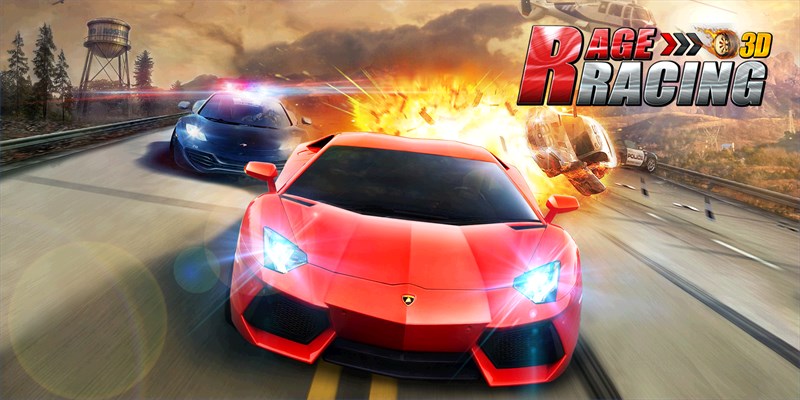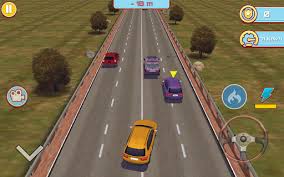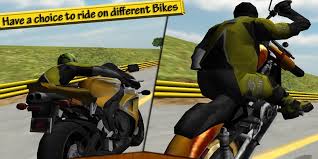“Rage” is a first-person shooter and racing video game developed by id Software and published by Bethesda Softworks. Released in 2011, it combines traditional FPS elements with vehicular combat and racing.
History
- Development: The game was first announced in 2007 and developed using the id Tech 5 engine, which allowed for high-quality textures and environments.
- Release: “Rage” was released for various platforms, including PC, PlayStation 3, and Xbox 360. It received generally positive reviews for its graphics, world design, and gameplay mechanics.
- Expansion: The game was followed by a sequel, “Rage 2,” released in 2019, which expanded on the open-world elements and added more chaotic gameplay.
How to Play
- Gameplay Mechanics: Players navigate a post-apocalyptic world, engaging in both on-foot combat and vehicular racing. The game features a mix of exploration, missions, and races against NPCs or other players.
- Controls: Players control their character with standard FPS controls, while vehicle mechanics are similar to arcade racing games, focusing on speed and combat rather than simulation.
“Rage Racing” typically features a blend of intense racing mechanics, combat elements, and an engaging storyline. Here are some key features you might find in such a game:
- Varied Environments: Races take place in diverse settings, from urban streets to desolate wastelands, each with unique challenges and obstacles.
- Vehicle Customization: Players can modify their vehicles with upgrades for speed, handling, and durability, as well as aesthetic changes.
- Combat Mechanics: In addition to racing, players can use weapons and power-ups to hinder opponents, adding an extra layer of strategy.
- Multiplayer Modes: Compete against friends or online players in various multiplayer modes, including races, elimination rounds, and battle arenas.
- Story Mode: A narrative-driven campaign that involves progressing through challenges, unlocking new vehicles, and uncovering the game’s storyline.
- AI Opponents: Challenging AI racers that adapt to player strategies, making each race feel dynamic and engaging.
- Stunts and Tricks: Players can perform stunts for bonus points, adding a trick element to the racing experience.
- Leaderboard and Achievements: Track your performance on global leaderboards and earn achievements for completing specific challenges.
- Intuitive Controls: Easy-to-learn controls that provide a satisfying driving experience, catering to both casual and hardcore gamers.
- Soundtrack and Graphics: High-quality graphics and an adrenaline-pumping soundtrack enhance the overall immersion of the game.
These features combine to create a fast-paced, action-packed racing experience that keeps players engaged and challenged.
In a game like “Rage Racing,” players typically have several key objectives that drive gameplay. Here are some common objectives:
- Win Races: The primary goal is to finish first in various racing events, which often involves mastering the tracks and outmaneuvering opponents.
- Complete Challenges: Players may need to complete specific challenges, such as time trials, stunt objectives, or elimination races, to earn rewards.
- Upgrade Vehicles: Accumulate resources or currency to upgrade and customize vehicles, improving speed, handling, and combat capabilities.
- Unlock New Content: Progress through the game to unlock new cars, tracks, and game modes, enhancing replayability and player engagement.
- Master Combat Skills: Utilize weapons and power-ups strategically to sabotage opponents, balancing racing with combat tactics.
- Explore Story Mode: Follow the narrative by completing missions and objectives that advance the storyline, often involving rivalries and character development.
- Achieve High Scores: Compete for high scores or rankings in various events, aiming for leaderboard positions and bragging rights.
- Multiplayer Dominance: Engage in multiplayer modes to compete against friends or other players, striving to prove your skills in a competitive environment.
- Perform Stunts: Execute tricks and stunts during races to earn bonus points and showcase skills, adding an extra layer of excitement.
- Complete Achievements: Fulfill various achievement objectives that challenge players to explore different aspects of the game.
These objectives create a dynamic and engaging gameplay experience, encouraging players to improve their skills and explore all the game has to offer.
While there may not be a specific franchise called “Rage Racing,” various games inspired by the concept of racing with combat and chaos have emerged over the years. Here are some notable examples that fit within that theme:
- Rage Racer: Released in 1996 for the PlayStation, this game is known for its blend of arcade racing and realistic car physics, along with a range of cars and tracks.
- Rage: Although primarily a first-person shooter, this game features vehicle combat and racing elements within its open-world setting.
- Rage 2: The sequel to the original, it includes vehicular combat in a post-apocalyptic world, offering fast-paced action and exploration.
- FlatOut Series: Known for its blend of racing and destruction, the FlatOut games feature high-speed racing with a strong focus on vehicular mayhem and stunts.
- Twisted Metal Series: While not strictly a racing game, it combines car combat with racing elements, allowing players to battle in vehicles with weapons.
- Burnout Series: Focuses on high-speed racing with an emphasis on crashes and takedowns, providing a thrilling and chaotic racing experience.
- Road Rash Series: Combines motorcycle racing with combat, allowing players to attack opponents while racing.
- Motorstorm Series: Features off-road racing with a variety of vehicles and a strong focus on destruction and dynamic environments.
Each of these games captures elements of racing, chaos, and combat, appealing to fans of adrenaline-pumping gameplay. If you’re referring to a specific game called “Rage Racing,” please provide more details!




